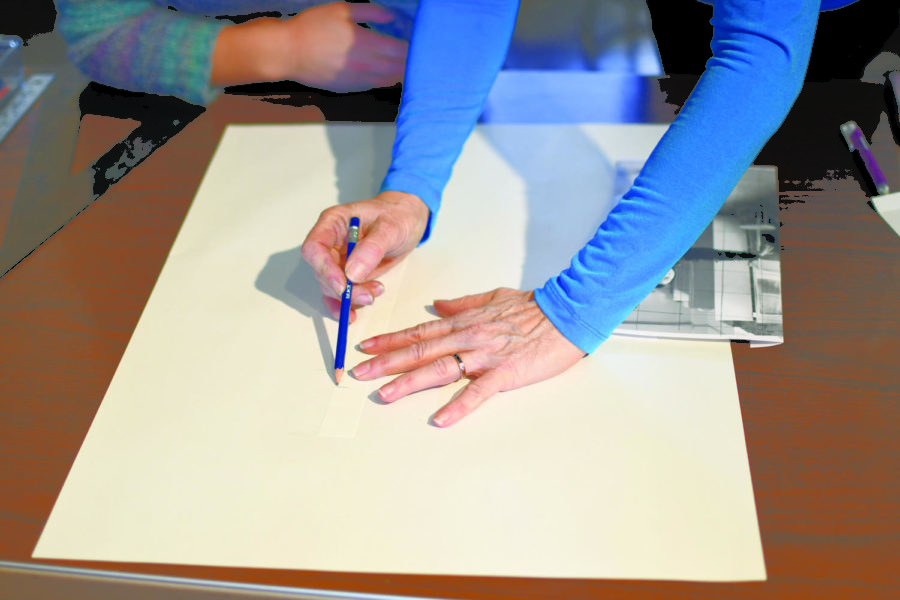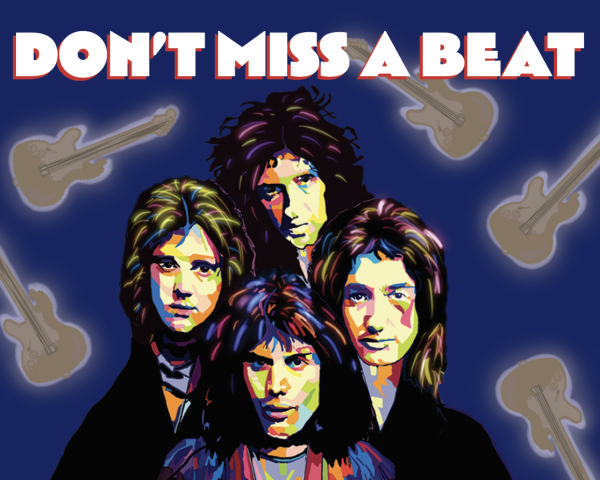Cut From The Curriculum
3 MIN READFloating around the classroom in a vibrant blue shirt, Kate Mckenzie is hard to miss. Her classroom is smattered with student work, paint brushes and tools; with countless students milling about, McKenzie still stands out from the rest. “The thing about being an art teacher is it’s all about working one on one with students and getting to know students,” McKenzie says.
McKenzie, with over 25 years of art teaching experience, is an adamant supporter of art curriculums and offering more Visual and Performing Arts (VAPA) classes throughout schools. “Arts teach students to be human,” McKenzie said. “Art is all about experience, and what it means to be human.”
From painting, glass-blowing and ceramics classes, to graphic design, film and photography classes, Paly students are rarely limited in their artistic aspirations. One such student, Senior Kaitlyn Ho, has not only taken three Paly art classes but has also pursued art outside of school through independent studios. In addition, Ho is also the president of I Heart Art Club, a Paly club dedicated to offering a creative hub for students who can’t fit an art class into their busy schedule. Through various crafts and activities, Ho’s club invites students of all artistic levels to get creative during lunch. “Art is a great medium to express your thoughts and opinions in an unconventional way. I love the concept of an art club because it is a welcoming environment for those who are artistically inclined as well as those who aren’t.,” Ho says. “Without the constant pressure to do something correctly, I believe that students will have the ability to embrace their inner thoughts and calm down.”
The opportunity to “calm down” in a traditionally stressful environment is valuable to students. Sarah Kremer, a teacher and art therapist for over 20 years, has first-hand experience in understanding the mental health benefits that art can bring to patients.
“[Art] can help those who cannot say how they feel or what they’ve experienced in words to express themselves,” Kremer said. According to Kremer, creating art is embedded in human nature and is a healing and therapeutic experience. As a former art student herself, Kremer expresses her enthusiasm for teaching art in a classroom setting and how it is essential to students’ learning and emotional well-being. “Creative expression is inherent in how we are balanced and can help provide context to those whose learning patterns are more visual or movement-based or musical,” Kremer says.
VAPA classes are not only a passion and an avenue for stress relief for students, but also have academic and health benefits for those who choose to participate. In a 2002 report by the Art Education Partnership, over 60 studies from 100 different researchers were examined, finding that students with exposure to art, music or drama were often more proficient in math, reading and writing.
“Art teaches students how to think symbolically,” McKenzie said. “Many people don’t know this, but artists are thinkers. They are great at critical and analytical thinking.”
Despite the proven benefits of VAPA programs, both in and out of the classroom, they seem to be undervalued. In a 2009-10 report done by the National Center for Education Statistics, only 15% of elementary schools reported that art instruction was provided more than twice a week to students. However, at Palo Alto High School, “we see the value of art in education,” McKenzie said. “Parents and teachers want their students learning music, art and theatre because they see the benefits in the students.”
However, along with the limited funds school districts have, schools make major budget cuts from the funding for their VAPA classes, creating yet another barrier for the implementation of these art programs. In early February of 2018, teachers staged walkouts and strikes due to the lack of funding for educational essentials in states like West Virginia, Georgia, Arizona and most recently, southern California. These walkouts lasted through 2018 and are likely to carry into 2019. Teacher’s unions as close as Oakland were actively discussing strikes as of the first of February. Art teachers across the country have reported having to use their personal money to buy even the most basic supplies, such as paintbrushes and paper. Luckily, Palo Alto has been largely exempt from this trend. “We are very lucky here,” McKenzie said. “We have funding most other schools would dream of. We always want more, but we are so fortunate to get what we do.”
Ultimately, even in spite of budget cuts and consistent undervaluing, the importance of art in education is on the rise as the benefits of these subjects are becoming more well-known . With the booming entertainment industry, California has arguably one of the highest populations of artists in the nation. There is a great demand for artists and creatives worldwide, so it is only a matter of time until art classes are as commonplace as math or English. Aside from the proven academic and health benefits, art also remains a source of great passion for countless students and adults. “It’s a great creative release that I hope everyone can enjoy,” Ho said.








